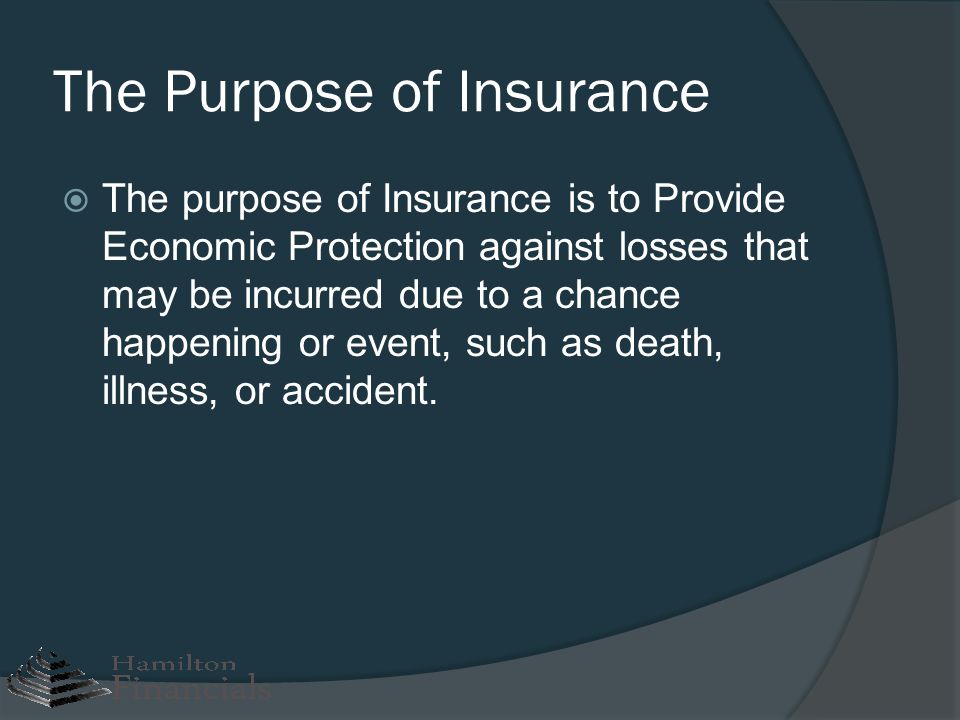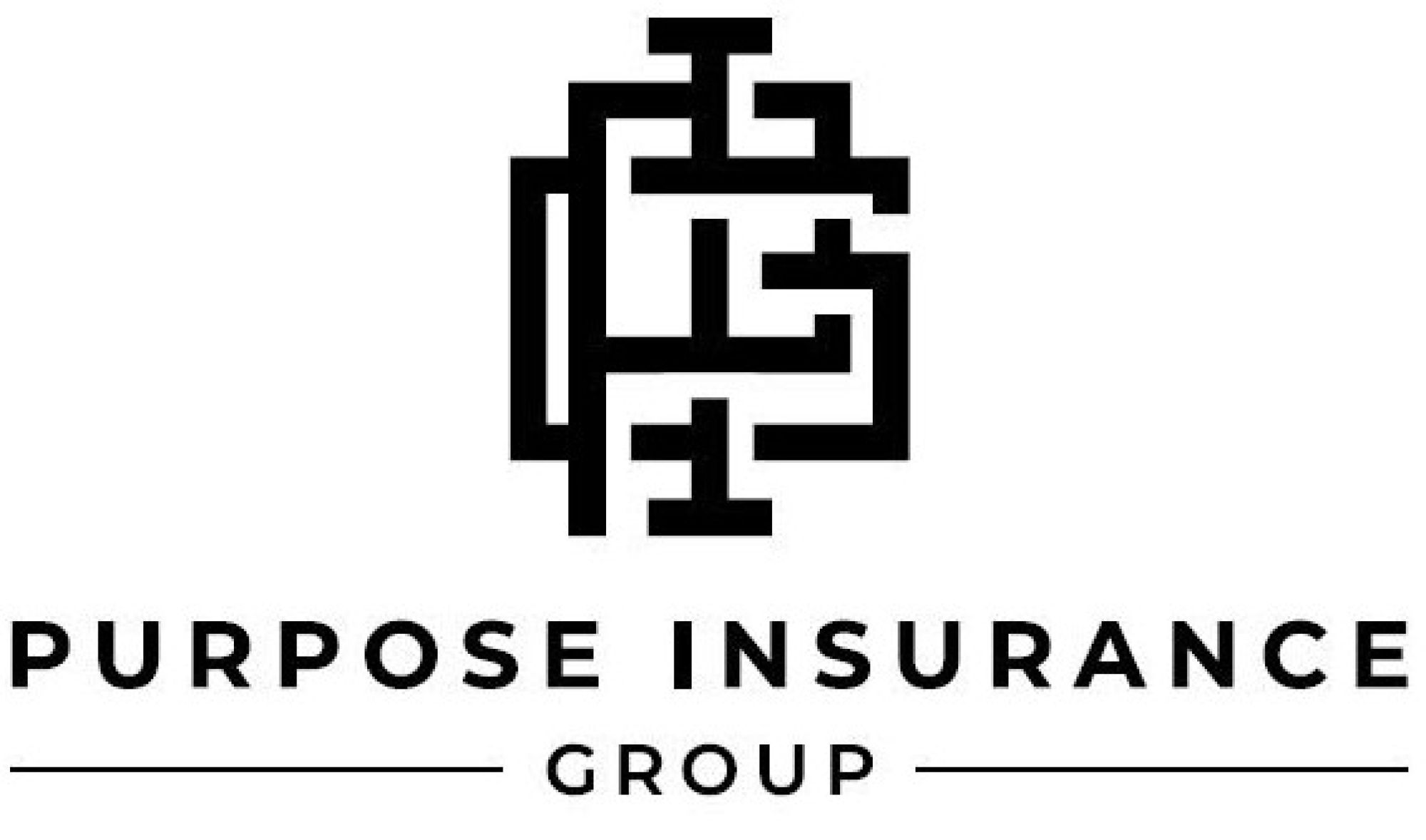What Does Pacific Prime Mean?
What Does Pacific Prime Mean?
Blog Article
See This Report about Pacific Prime
Table of ContentsSome Known Incorrect Statements About Pacific Prime Pacific Prime - Questions6 Simple Techniques For Pacific PrimePacific Prime - Truths
In most states, the insurance firm is called for to send you a duplicate of the adjustments to your plan. It is necessary that you check out Endorsements or Bikers so you understand how your policy has transformed and if the plan is still ample to satisfy your needs. To get a duplicate of your insurance coverage, please call your insurance policy agent or company.
The Institute of Medication (IOM) Board on the Consequences of Uninsurance launches an extended evaluation of proof that addresses the importance of health insurance policy coverage with the magazine of this report. Coverage Issues is the first in a collection of 6 reports that will be issued over the following two years documenting the fact and repercussions of having an approximated 40 million people in the United States without medical insurance coverage.

4 Easy Facts About Pacific Prime Explained
The objective of this series of studies is to redouble policy attention on a longstanding trouble. Following the longest economic development in American background, in 1999, an estimated one out of every six Americans32 million adults under the age of 65 and greater than 10 million childrenremains without insurance (Mills, 2000).

Ten percent of the population make up 70 percent of healthcare expenditures, a connection that has actually remained constant over the past three years (Berk and Monheit, 2001) - international health insurance. Thus medical insurance continues to serve the feature of spreading threat even as it increasingly finances routine care. From the perspective of wellness care suppliers, insurance policy lugged by their patients helps secure a revenue stream, and neighborhoods take advantage of financially sensible and steady healthcare professionals and establishments
Federal government supplies medical insurance to populaces whom the private market might not serve efficiently, such as handicapped and seniors, and populations whose access to healthcare is socially valued, such as kids and pregnant women. The ultimate ends of medical insurance protection for the private and neighborhoods, including workplace areas of workers and companies, are boosted health and wellness outcomes and lifestyle.
The 15-Second Trick For Pacific Prime
Employees rank health insurance first without a doubt in value among all the benefits supplied in the work environment (Salisbury, 2001). There have been large investments of personal and public funds to give health and wellness insurance, numerous individuals still have no insurance coverage. In spite of considerable coverage of study findings and healthcare research results, the basic public stays confused and mistaken about Americans without medical insurance and the ramifications of doing not have coverage.

Without doubt, the complexity of American healthcare funding mechanisms and the riches of sources of info include in the general public's confusion and apprehension concerning health and wellness insurance coverage data and their analysis. This record and those that will certainly follow aim to boil down and provide in easily reasonable terms the considerable study that bears upon questions of health insurance coverage and its significance.
Fifty-seven percent of Americans questioned in 1999 thought that those without wellness insurance coverage are "able to get the care they need from physicians and health centers" (Blendon et al., 1999, p. 207). In 1993, when nationwide focus was concentrated on the troubles of the without insurance and on pending health and wellness care legislation, simply 43 percent of those polled held this belief (Blendon et al., 1999).

They likewise receive less precautionary services and are much less most likely to have normal look after chronic conditions such as high blood pressure and diabetes mellitus. Persistent illness can lead to pricey and disabling difficulties if they are not well handled (Lurie et al., 1984; Lurie et al., 1986; Ayanian et al., 2000). One national study asked more than 3,400 adults concerning 15 extremely severe or morbid problems.
The Definitive Guide for Pacific Prime
Extra evidence is provided later on why not check here in this chapter in the discussion of insurance coverage and access to wellness care. https://justpaste.it/f0gjl. People without medical insurance are young and healthy and choose to do without coverage. Nearly half (43 percent) of those surveyed in 2000 thought that people without health and wellness insurance are more probable to have illness than individuals with insurance coverage
Citizens and plan makers in emphasis group conversations characterize those without insurance policy as youths who have the possibility to be covered and feel they do not need it (Concierge Novelli, 2001). Contrasted to those with at least some personal coverage, the without insurance are less likely to report being in superb or extremely great health (Company for Medical Care Research and High Quality, 2001).
RESOURCE: Center for Expense and Funding Researches, Agency for Health Care Study and Quality, based on MEPS data. Young person in between 19 and 34 are much more likely to lack medical insurance than any other age. This is mainly since they are less usually qualified for employment-based insurance as a result of the nature of their job or their brief period in it.
The perception that individuals without insurance coverage have better-than-average health follows from confusing the relatively young age account of the uninsured with the much better health, on average, of younger persons. This obscures the link between health status and medical insurance. For those without accessibility to office medical insurance, inadequate wellness is a possible obstacle to buying nongroup protection since such protection may be highly valued, leave out pre-existing conditions, or be simply inaccessible.
Report this page